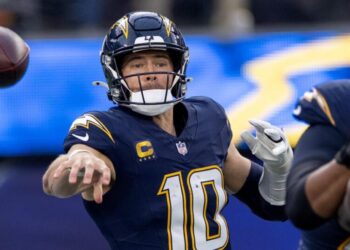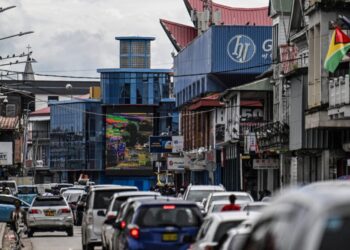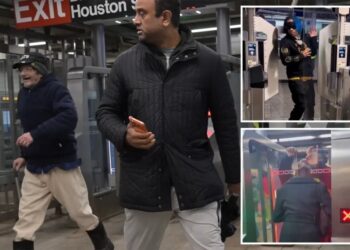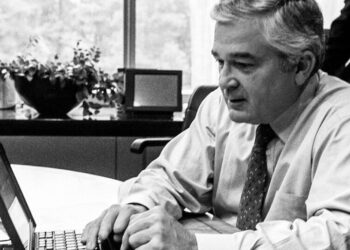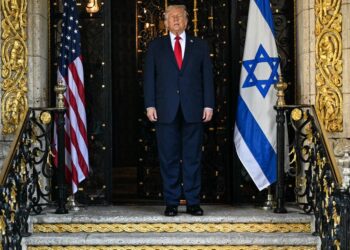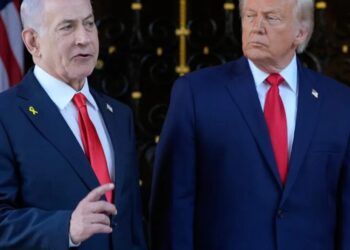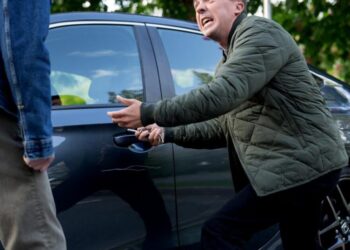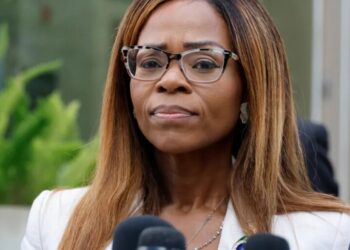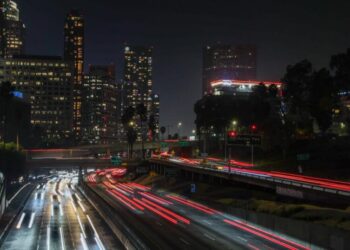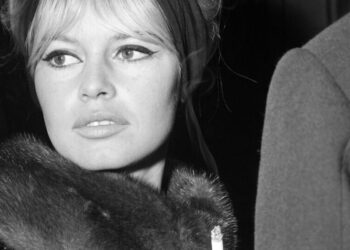Justin Herbert will not play in Chargers’ regular-season finale vs. Broncos
Chargers coach Jim Harbaugh said quarterback Justin Herbert will not play in the team’s regular-season finale Sunday against the Denver...
Man kills 9, including his children, in Suriname stabbing, police say
Nine people, including several children, were stabbed to death on the outskirts of the capital of Suriname, Paramaribo, just days...
MTA’s new subway gates blasted as ‘easy to beat’ as man with cane among fare jumpers
These gates aren’t scaring away fare beaters — case closed. The MTA’s new subway gates are already getting blasted as...
Louis V. Gerstner, Who Revived a Faltering IBM in the ’90s, Dies at 83
Louis V. Gerstner Jr., an outsider who became the leader of IBM when that giant computer company was in a...
Trump, 79, Gingerly Descends Four Small Steps
President Donald Trump took his sweet time descending four small steps on Monday. The 79-year-old president cautiously climbed down the...
Trump warns U.S. will ‘knock the hell out of’ Iran’s nuclear capabilities if it’s rebuilding them amid Israeli concerns about long-range missiles
President Donald Trump warned Iran against reconstituting its nuclear program Monday as he welcomed Israeli Prime Minister Benjamin Netanyahu to...
Putin Burns Trump With Embarrassing Details of Phone Chat
Russian dictator Vladimir Putin claimed in a phone call with President Donald Trump that Kyiv had attacked one of his...
‘Malcolm in the Middle’ explores mid-life with a Hulu reboot
For “Malcolm in the Middle” fans and the Walt Disney Co., 151 episodes weren’t enough. The beloved sitcom, which ran...
Trump voters sour on him ahead of midterms as tariffs and inflation sting
Some voters who backed Donald Trump in the 2024 election are already signaling buyer’s remorse as economic pain sets in,...
Florida congresswoman accused of stealing $5 million in COVID funds insists she’s innocent
U.S. Rep. Sheila Cherfilus-McCormick reiterated her innocence Monday outside a Miami federal courthouse, where she faces charges of conspiring to...
